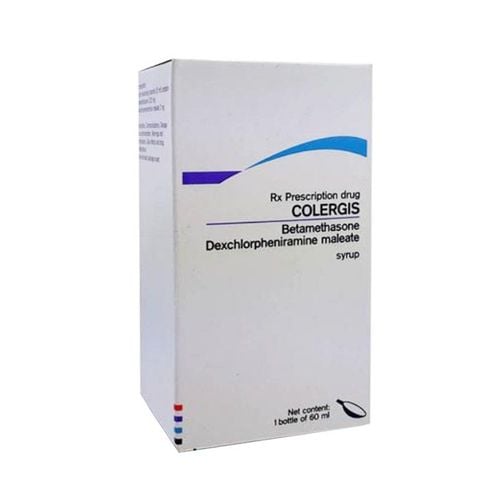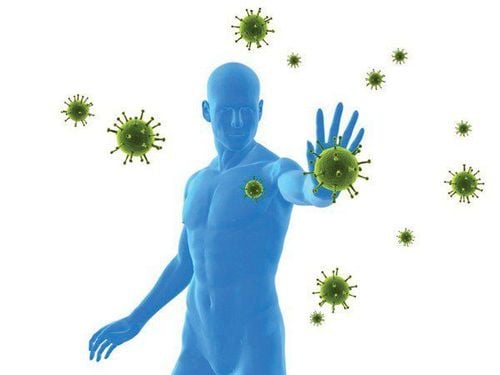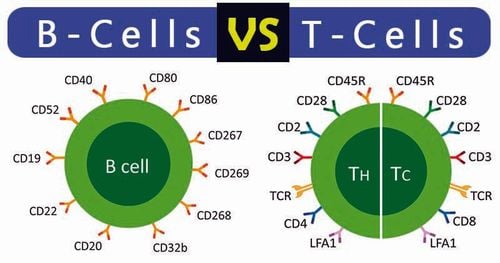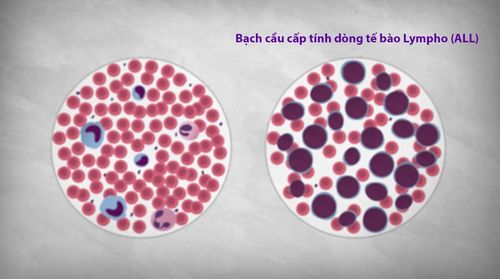This is an automatically translated article.
Acute leukemia (ALL) is a type of cancer of the blood or bone marrow. Acute lymphocytic leukemia usually enters the bloodstream quickly. It can involve other parts of the body, such as the lymph nodes, liver, spleen, brain and spinal cord (central nervous system), and testicles.
1. Risk factors for acute lymphoblastic leukemia (ALL) in adults
The cause of acute lymphoblastic leukemia is not known. In general, ALL is most likely to affect children and older adults. The following factors can increase a person's risk of developing acute lymphoblastic leukemia:
Age. Children under 15 and adults over 50 are more likely to develop leukemia Skin color: Whites are more likely than blacks to develop ALL for reasons not understood. Hereditary conditions. People with certain genetic conditions have a higher risk of developing acute lymphoblastic leukemia than the general population. These conditions include the following: Down syndrome Ataxia telangiectasia Li-Fraumeni syndrome Klinefelter syndrome Fanconi anemia Wiskott-Aldrich syndrome Bloom syndrome High doses of radiation. People who have been exposed to high levels of radiation may be more likely to develop ALL. This includes long-term survivors of the atomic bomb. Exposure to electromagnetic fields or high voltage power lines has not been shown to increase a person's risk of ALL. Cell phone use is not a known risk factor for leukemia. Viruses . Occasionally, acute lymphoblastic leukemia or specific types of lymphoma may be related to a previous viral infection. These infections include human T-cell leukemia virus-1 or Epstein-Barr virus.
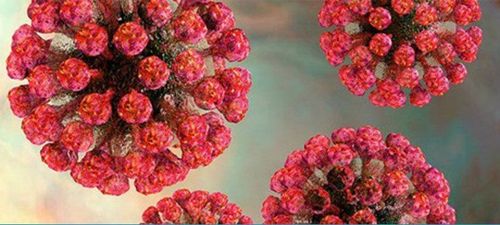
Virus là yếu tô nguy cơ gây bệnh
2. Survival of patients with adult acute lymphoblastic leukemia (ALL)
Advances in treatment have significantly extended the lives of people with acute lymphoblastic leukemia. The 5-year survival rate tells you what percentage of people live at least 5 years after cancer is found. The 5-year survival rate for people 20 years of age and older is 35%. The 5-year survival rate for people under 20 is 89%. However, survival rates depend on several factors, including the biology of the disease and a person's age. Survival of a patient with cancer means:No signs of cancer after finishing treatment. Surviving cancer treatment. According to this definition, survival begins at diagnosis and includes those who continue treatment for a long time, to reduce the risk of recurrence or to control chronic disease.

Bệnh nhân sống sót từng phải trải qua nhiều cung bậc của cảm xúc
Understand the challenges you are facing Think through solutions Ask for and allow the support of others Feel comfortable with your course of action select People recovering from ALL are encouraged to follow established guidelines for good health, such as not smoking, limiting alcohol, eating well, and managing stress. Regular physical activity can help rebuild your strength and energy levels. Your health care team can help you create an appropriate exercise plan based on your needs, physical ability, and fitness level with a healthy lifestyle regimen.
It is important to check to monitor your health. Rehabilitation may be an option, and this could mean any of a number of services such as physical therapy, career counseling, nutritional planning, or emotional counseling. The goal of rehabilitation is to help people regain control of many aspects of their lives and stay as independent and productive as possible.
To register for examination and treatment at Vinmec International General Hospital, you can contact Vinmec Health System nationwide, or register online HERE.
References: Cancer.net
MORE:
What is Chronic Lymphocytic Leukemia (CLL)? For the first time in Vietnam successfully treated T/NK cell lymphoma with immunotherapy What are lymphocytes?





